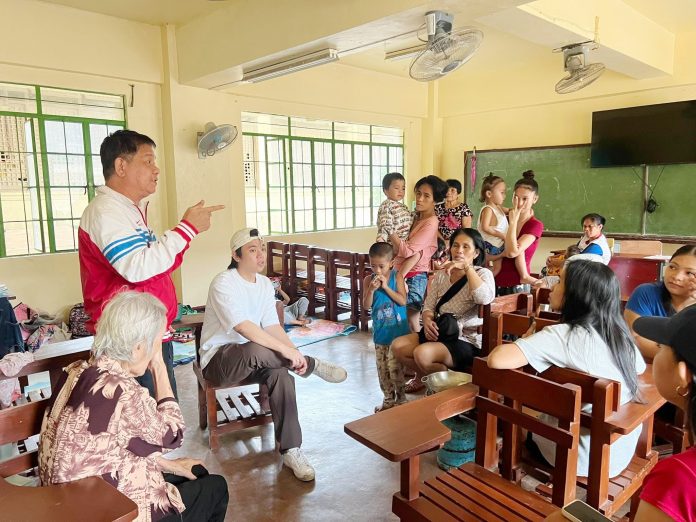ORMOC CITY— A suspected street-level drug peddler was arrested in a buy-bust operation conducted by the City Drug Enforcement Team of the local police in Barangay Maslug, Baybay City on Thursday morning, November 6.
The suspect, identified only as alias “Ewin,” 48, married, and a resident of Barangay Maslug, was apprehended at around 11:44 a.m. He is listed as a street-level individual on the local police’s drug watchlist.
During the operation, police recovered one sachet containing a white crystalline substance suspected to be shabu, which was purchased by an operative for P500. A subsequent body search, conducted in the presence of law-mandated witnesses, yielded two more sachets of suspected shabu inside an empty transparent plastic container.
The confiscated illegal drugs weighed about 1.28 grams, with an estimated Dangerous Drugs Board (DDB) value of P8,704.
Police said the suspect was informed of the nature of his arrest and his constitutional rights in a language he fully understood.
Charges for violation of Republic Act 9165, or the Comprehensive Dangerous Drugs Act of 2002, have been filed against him before the Provincial Prosecutor’s Office. The suspect is now detained at the Baybay City Police Station lock-up cell.
(ROBERT DEJON)






